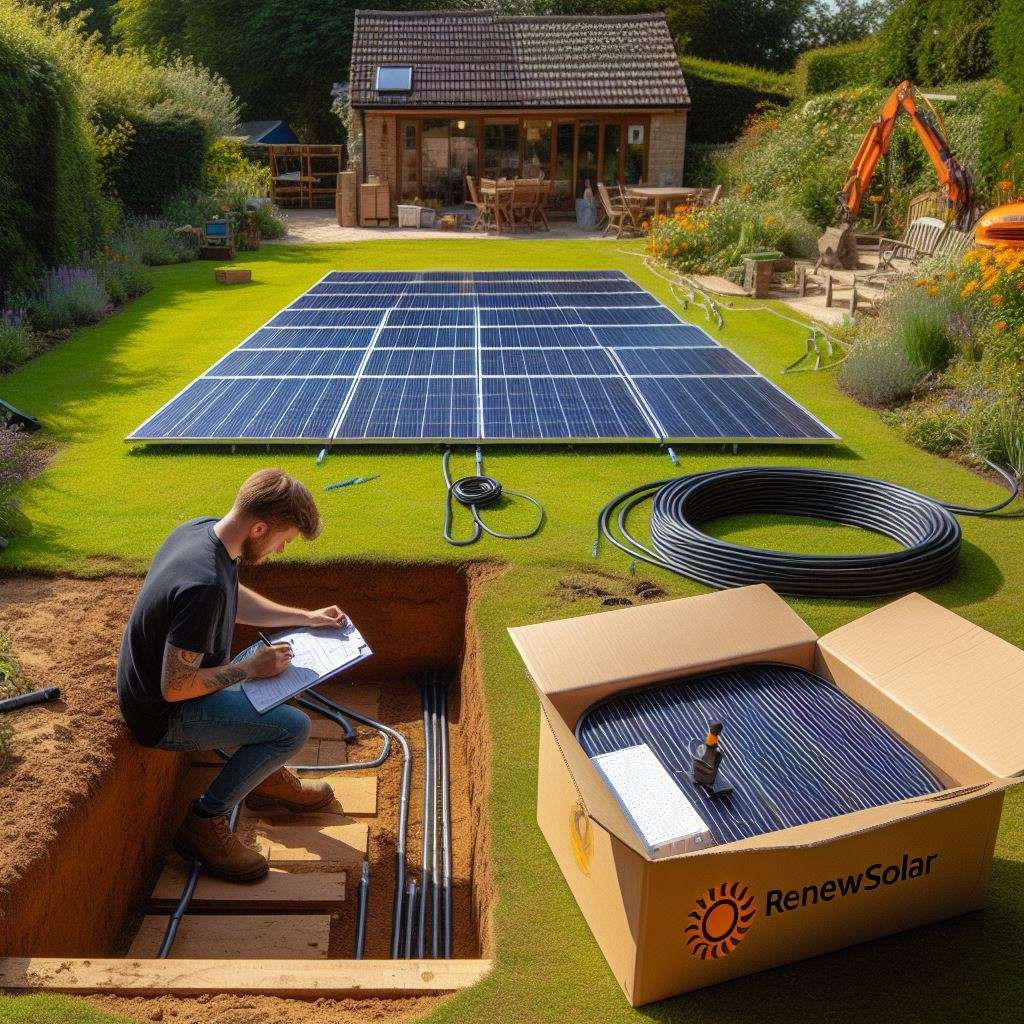While we do tend to say that those who start off with a small solar project, tend to grow the system rather quickly, but many people add to their solar systems regardless if this is the house or the shed. here are some things that you should consider.
If you are grid tied, this will be most lower cost options, then you have to check your limit. A G98 certificate installation is limited to 3.68kw of power. This is from your inverter, not solar. if you add the inverter to grow the system if you exceed this limit you do need to apply for a G99 before hand.
If you are grid tied, and you have a hybrid system with a battery, and you add solar to the battery to charge, this does NOT require registration as the output is still limited by the inverter.
Adding solar here can be simple. The issue would be attaching the charge controller output the the terminals. For most you may be able to “tap” the power cable connection at the inverter.
Alternatively you would need to remove the battery connection at the inverter and connect to bus bars, then you can add the solar to the bus bar.
Being as a engineer was confused by this, and how it works I should explain. Solar power and inverters take power from difference sources, they have a priority mode, solar to grid, battery to grid and so on.
When you don’t have enough solar, the inverter will take power from the battery.
Where the additional solar is tapped into the battery line, the inverter will pull the power from the solar before taking from the battery as there is a difference in voltage and resistance causing the power to flow in the easy direction.
When the main array has the power to provide to the load, the power from the additional solar will go to the battery, as the main array fades, the power comes from the additional solar until it is so low that the power would come from the battery.

Adding micro or grid tied.
With some inverters (few) you can add an additional inverter ( power source) via the Aux in. it is usually partial of the output, and this differs to each inverter that has this feature. You install the additional system to this inverter and this does NOT require notice as the power input is used by the inverter to balance the load or charge the battery, this does NOT increase the power output of the inverter.
Adding more inverters.
Adding more inverters as motioned above requires the right certificates, however it also requires the right type of inverters. Most grid tied inverters will work together as the function is in parallel, however some do not play well together and you may need to look at a “inverter parallel kit” some inverters come with these others do not.
Off grid additions.
Grid forming inverters tend to not work together and you do need to have a inverter that is capable of parallel. You cannot mix and match, but you can add a stand alone charge controller to the battery connection to charge the battery and provide extra solar power.
Tip.
If you are adding a charge controller, you may want to set the power voltage slightly lower, it would depend on why you are adding the addition, but typically your inverter should have the last say in the maximum power input to the battery, however if the main array falls off too early then the additional charge could be set at full voltage charge. Remembering that the additional charge controller will stop producing (feeding) power once the voltage is reached regardless of the solar power from any sources.
If you have another MPPT input.
if you have a good inverter then you should have two or more MPPT inputs, but they are not always the same as two independent inputs. if they are combined, then you would be advised to match the voltage. if they are independent then you can have any array configurated to the limits the inverter has.

No responses yet